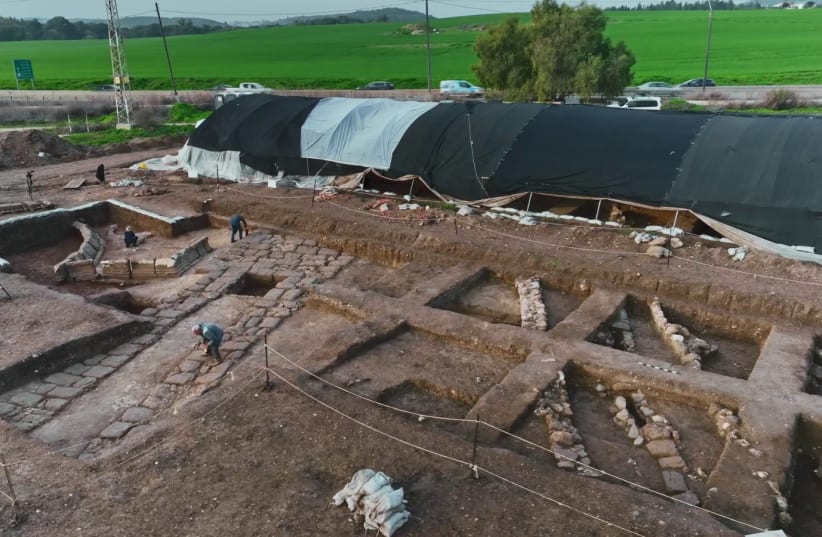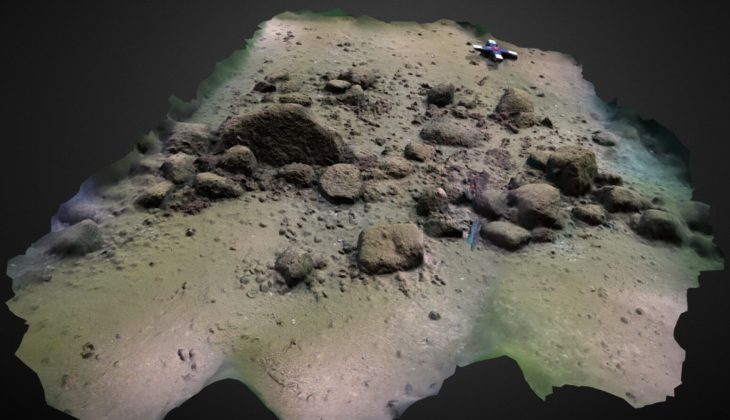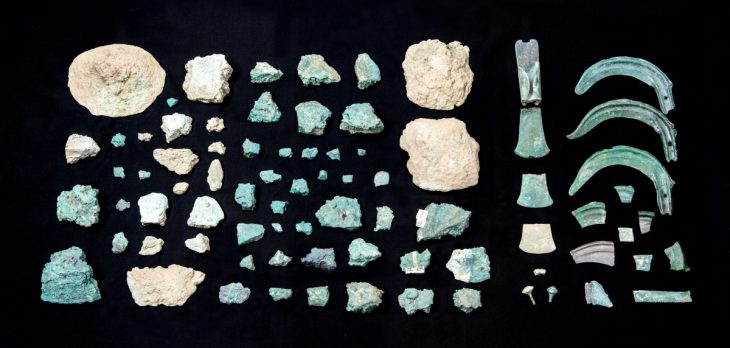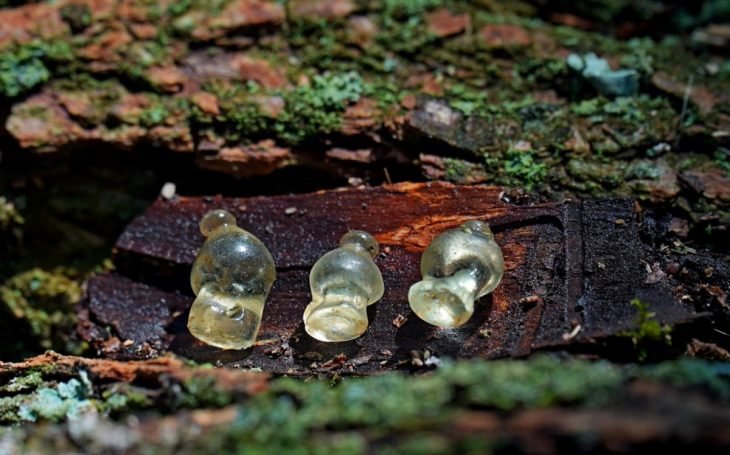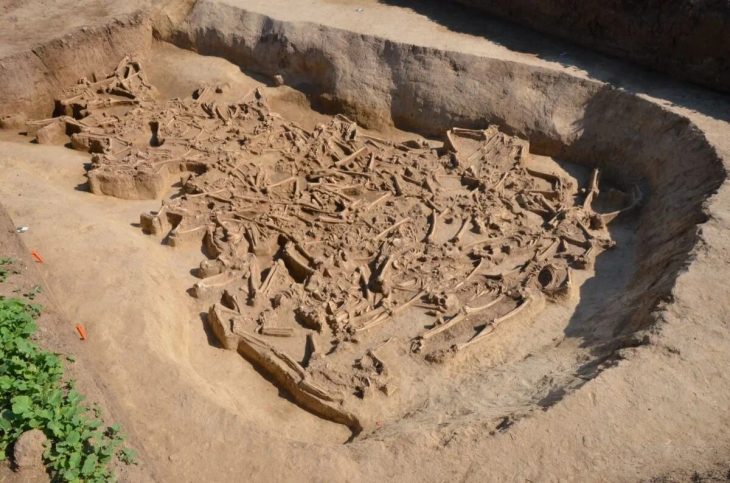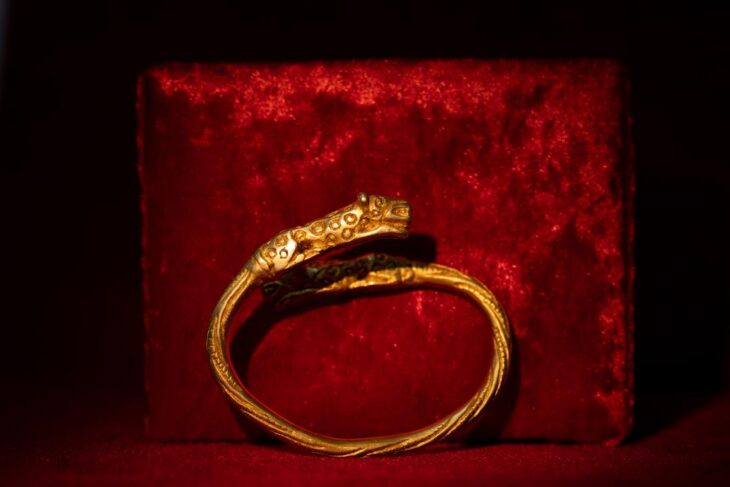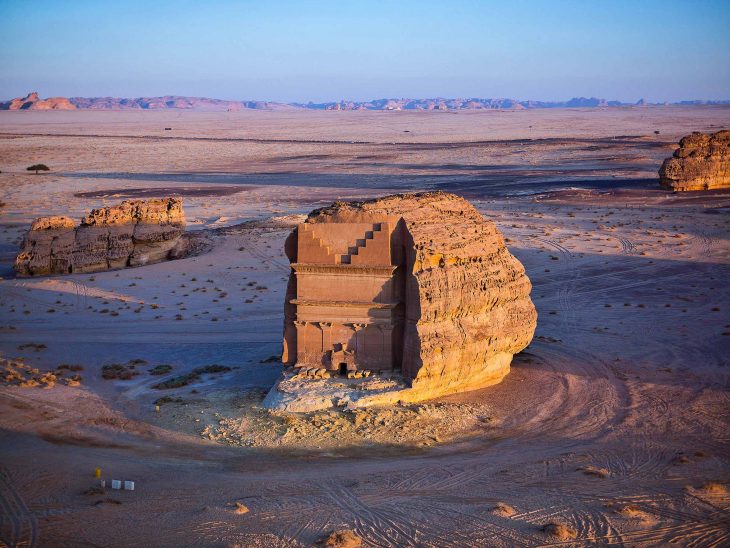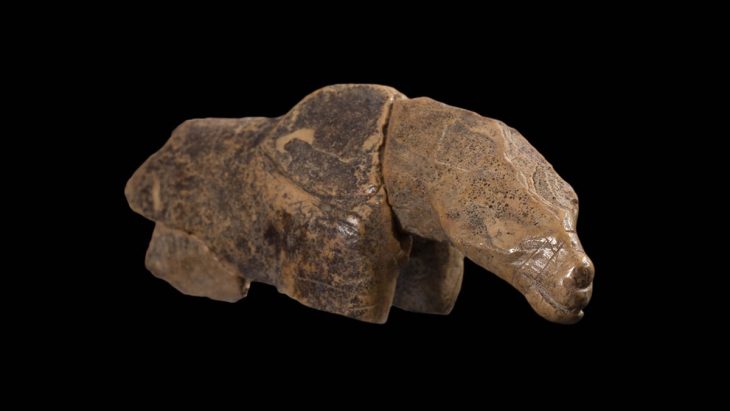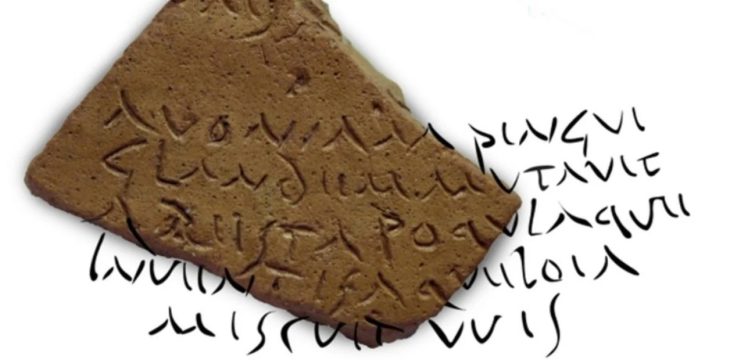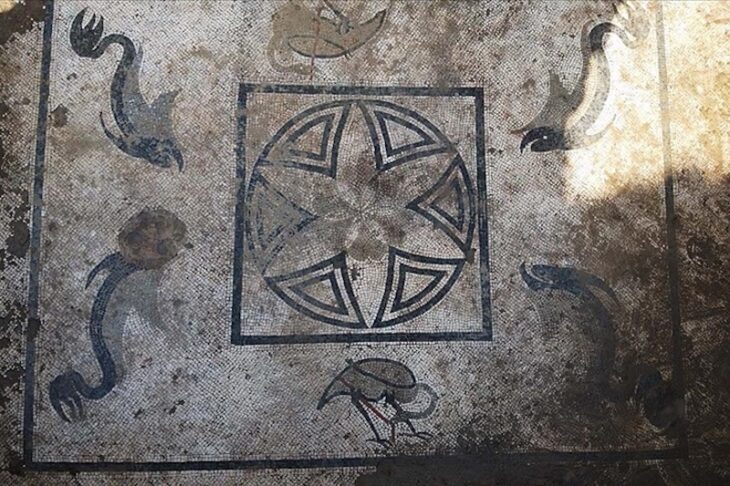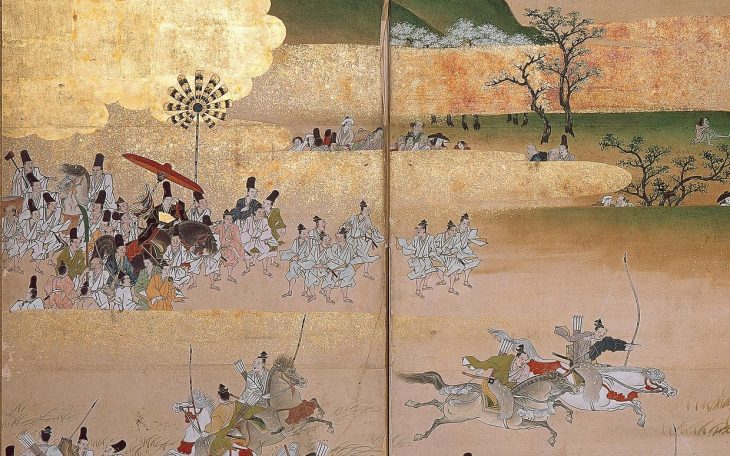The Israel Antiquities Authority (IAA) announced that a recent excavation at the foot of Tel Megiddo, near the ancient village of Kfar Othnay (Greek: Capercotnai), uncovered the architectural remains of the 1,800-year-old Roman VI ‘Ferrata’ Iron Legion military base. The VIth Legion Roman legionary base is the only Roman military base of these dimensions that has been located and exposed in Israel.
During the excavation, significant architectural remnants of the camp’s main thoroughfare, the Via Pretoria, as well as a semicircular podium and sections of stone pavement that belonged to a sizable, monumental public building, were discovered.
Julius Caesar recruited this legion in Gallia Cisalpina in 52 BCE, and its first action came during the campaign against the Gallic leader Vercingetorix, who was besieged at Alesia. This legion accompanied Caesar to Alexandria. Its name means “ironclad”, which is probably a reference to the suits of armor.
The excavation, directed by Dr. Yotam Tepper and Barak Tzin is part of the major infrastructure project to expand and upgrade Road 66 from the Megiddo Junction to the Hatishbi Junction at Yoqn‘eam.
“The Roman Legion camp at Legio was the permanent military base for over 5,000 Roman soldiers for more than 180 years, from 117–120 to about 300 CE,” says Dr. Yotam Tepper, excavation director on behalf of the Israel Antiquities Authority. “Two main roads intersected at the center of the 550 m long and 350 m wide camp, and its headquarters were erected here. It was from this base point that all the distances along the Roman Imperial roads to the main cities in the north of the country were measured and marked with milestones. The ancient building remains were not preserved to a height, as most of the building stones were removed over the years for reuse in building projects carried out during the Byzantine and Early Islamic periods.”
📣 Our WhatsApp channel is now LIVE! Stay up-to-date with the latest news and updates, just click here to follow us on WhatsApp and never miss a thing!!
Preliminary surveys of the camp area indicated that the entire Roman base and all its components underlie the wheat fields of Kibbutz Megiddo. “The unique contribution of the results of this research project lies in the rarity of such archaeological discoveries,” says Tepper.
There is a wealth of documentation in Israel regarding Roman military encampments; these are mostly comprised of short-term besiege camps or smaller encampments linked to auxiliary divisions. But according to Dr. Tepper of the IAA, the find at Tel Megiddo is a sophisticated legionary fortress—one of the first of its kind to be occupied permanently.
Historical sources and some partial information point to the existence of a permanent Roman legionary base of the Xth Fratensis Legion in Jerusalem, but the camp remains to be discovered.”
In the excavation, coins, parts of weapons, pottery sherds, and glass fragments were uncovered, but the most predominant finds are the roof tiles that have been found in extremely large quantities. Some of which were stamped with the VIth Legion stamps.
Cover Photo: EMIL ALADJEM/ISRAEL ANTIQUITIES AUTHORITY

